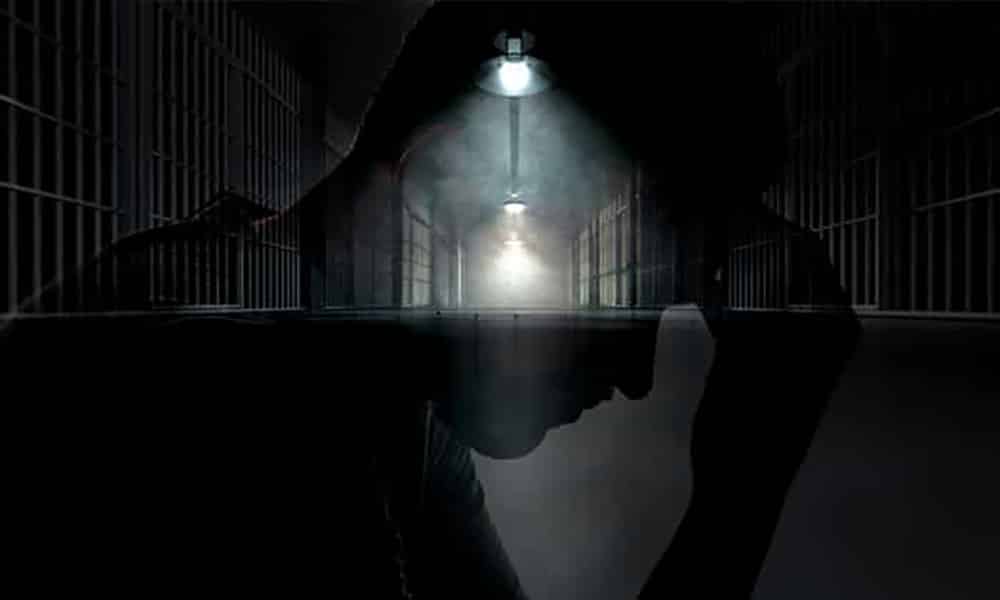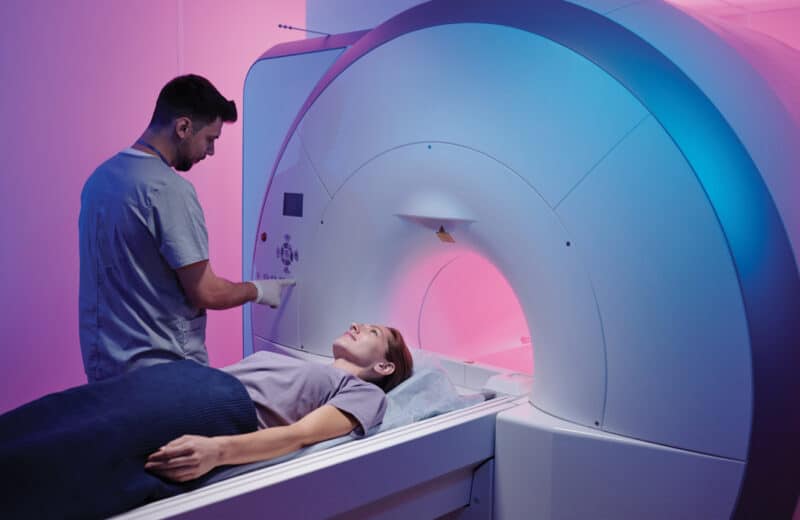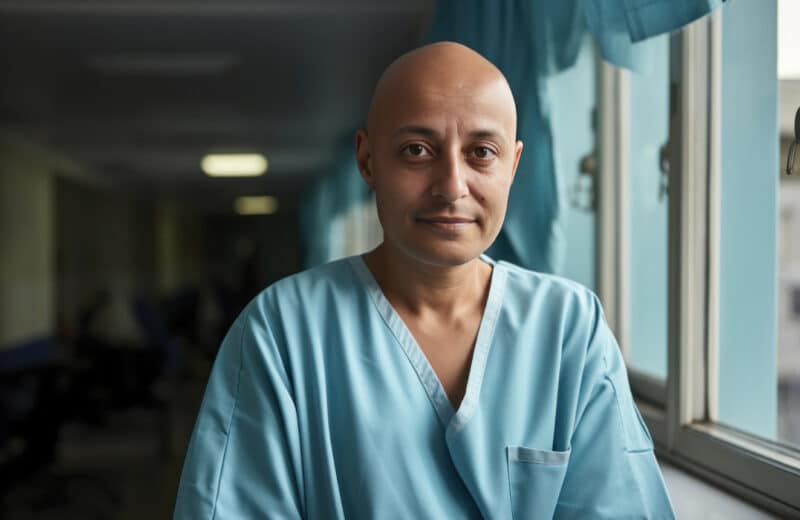Cook County Jail leads the nation in better treatment of mentally ill inmates
America is facing a daunting social crisis. In 2012, roughly one out of every 100 American adults was incarcerated. That translates to approximately 1.4 million men and women in state prisons with more than 700,000 in county and city jails nationwide.
The United States has the largest prison population in the world. And that makes it the nation’s largest mental health provider by default. A 2014 report by the Treatment Advocacy Center estimates that, while 35,000 mentally ill persons are treated in psychiatric hospitals, 10 times that number are housed in state prisons and jails.
Jails and prisons are neither designed nor equipped to treat the mentally ill. Cook County Sheriff Tom Dart has said that prisons and jails are “our new insane asylums.” Now, the tackling of this issue has moved to the forefront of the public policy agenda.
In February 2015, the John D. and Catherine T. MacArthur Foundation announced a $75 million commitment as part of its Safety and Justice Challenge. The aim of this major initiative is to change how America thinks about and uses jails in a fairer, more effective justice system. MacArthur will pick 10 projects to fund early this year.
One local laboratory that is testing humane treatment of the mentally ill is Cook County Jail. It is the largest single- site jail in the country, housing 9,000 inmates awaiting trial. More than one-third of the jail’s population suffer with mental health disorders. Studies of prison populations— those serving sentences—have found that that figure reaches above 60 percent.
Of the 3,000 Cook County inmates suffering some form of mental illness, up to 20 percent exhibit serious mental disorders, such as schizophrenia, bipolar disorder, depression, anxiety, substance abuse and psychosis. These cases live in separate housing tiers from other inmates.
“Our overall population is going down,” says Nneka Jones Tapia, PhD, the jail’s executive director, “but our mental health population is going up, and they’re coming in much sicker.”
Dart has made treatment of the mentally ill a priority. Recent evidence of his commitment was the appointment in May 2015 of Jones Tapia. Prior to joining the sheriff’s office in 2013, she was chief psychologist at Cermak Health Services, the jail’s healthcare provider.
Her clinical psychology training is a breakthrough for law enforcement; a recognition that understanding and meeting the needs of such a population requires an approach beyond the standard incarceration model.
Thinking through incarceration
Jones Tapia says that all new arrivals at Cook County Jail (100,000 annually) see a clinician who conducts a prebond mental health assessment to ensure that inmates are properly diagnosed and receive medication. While severe and obvious instances of mental health issues are immediately picked up on, diagnosed and medicated appropriately, others may not be so clear, and if they don’t self-identify as mentally ill, they are housed with the general population. The jail is not allowed to involuntarily medicate.
For those who are diagnosed as mentally ill, the jail informs judges prior to sentencing, hoping the inmate will be routed to a community facility for treatment and case management. The jail may also refer the case to mental health court. Such courts have ballooned from one or two in the late 1990s to nearly 300 in the nation today, according to Hank Steadman, head of Policy Research Associates Inc. (PRAI), a noted criminal justice policy institute.
A 2010 study of four mental health courts led by PRAI found that prisoners with such court referrals had, 18 months after release, lower post treatment rearrest rates and fewer incarceration days than the standard treatment sample.
Recidivism among the mentally ill is high. Once individuals with mental illness lose access to their prescribed drugs, many self-medicate and commit petty crimes for drug money or survival. Jail records showing 25 arrests or more are not uncommon. An unknown number of former inmates commit crimes in order to be jailed and gain treatment.
During their detention, the jail staff focuses on solution-focused therapies, like cognitive behavioral therapy (CBT). “The detainees respond pretty well to the CBT therapy,” Jones Tapia said in an interview with Psychology Today shortly after her appointment. “When you’re giving them tools to help them manage some of their symptoms, they really seem to appreciate that. And again, not knowing when they might be released, it gives clinicians the satisfaction of knowing that they’ve impacted the person positively, even if for a moment.”
The jail also enrolls arriving inmates in health insurance plans, making them eligible for coverage under the Affordable Care Act. Jail counselors then help arrange basic case management upon inmates’ release. “We’ve started to focus on the entirety of the system, from the point of arrest through discharge,” Jones Tapia says, “and really forcing the whole system to take a look at the people that we’re incarcerating.”
Such steps have earned Cook County Jail a national reputation for its management and treatment of the mentally ill. The jail has hosted visits by officials from New York’s Rikers Island and Los Angeles County jails who are interested in its model.
The myth of the mentally ill
The sharp spike in mass shootings in recent years has hardened public opinion that the mentally ill are prone to violence and, therefore, should not be released into the community. Jones Tapia and other mental health experts call that impression a myth.
Data shows that seven of every 10 mentally ill prisoners have been victims of physical and sexual abuse and trauma. Such persons are victims themselves and are predominantly passive and nonviolent.
“The media has done us a great disservice,” Jones Tapia says, for perpetuating a false notion of mental illness. “When someone is diagnosed with cancer, they know they need to follow a strict regimen in order to get well. When someone is diagnosed with a mental illness, it’s much the same. It’s not mental illness that’s violent, it’s untreated mental illness that’s violent and puts the person at risk. So, it’s not a direct equation.”
While she is responsible for the care of those incarcerated, Jones Tapia admits that she would love to see more community stabilization centers outside the jail’s walls where police officers could bring nuisance-type detainees instead of bringing them to a jail. Expanding such diversion sites is a key component of mental health reform.
Inmate transition
Dart and Jones Tapia are proud of a recent initiative to change the incarceration trajectory. The Mental Health Transition Center (MHTC), begun in August 2014, is a community reentry program that is considered the only one of its kind in the country. Every day, a small number of low-level offenders are driven to a repurposed facility for 12 weeks of therapy and job readiness training. The goal: to change negative thinking and criminal behavior patterns. Early reports show that none of the first 43 released MHTC inmates have been rearrested.
“Many correctional institutions have made the mistake of thinking that their work is done once an inmate leaves their facility,” Jones Tapia says. “The sheriff has made me realize that that’s where our work is just beginning. Because if we say, ‘They’re not our problem; we’re done,’ they’re coming back.”
Many prison commentators say society’s criminalization of the mentally ill is a stain on our common humanity. David Cloud, a substance use and mental health researcher at the Vera Institute in New York says, “We have to do a better job as a society to make sure these people have meaningful lives. “We need to establish robust, stronger healthcare options for this population.”
Mitchell Glaser, MD, chair of the Department of Psychiatry at Presence Saints Mary and Elizabeth Medical Center, thinks the high cost of incarcerating the mentally ill will soon force a solution in favor of outpatient treatment facilities. “I think something will be done,” he says. “It’s becoming too big a problem for insurers, hospitals, prisons and entire neighborhoods.”
Are criminal justice experts also hopeful that overincarceration will be reduced? PRAI’s Steadman thinks so. “I see a lot of opportunity. The biggest impact for lowering rates of incarceration will come from sentencing and bail reform.”
Cloud addresses the mental illness aspect. “Yes, there will be progress. We are at a very important political moment that can set the stage for the next 20 years. The political stars are now aligned.”













